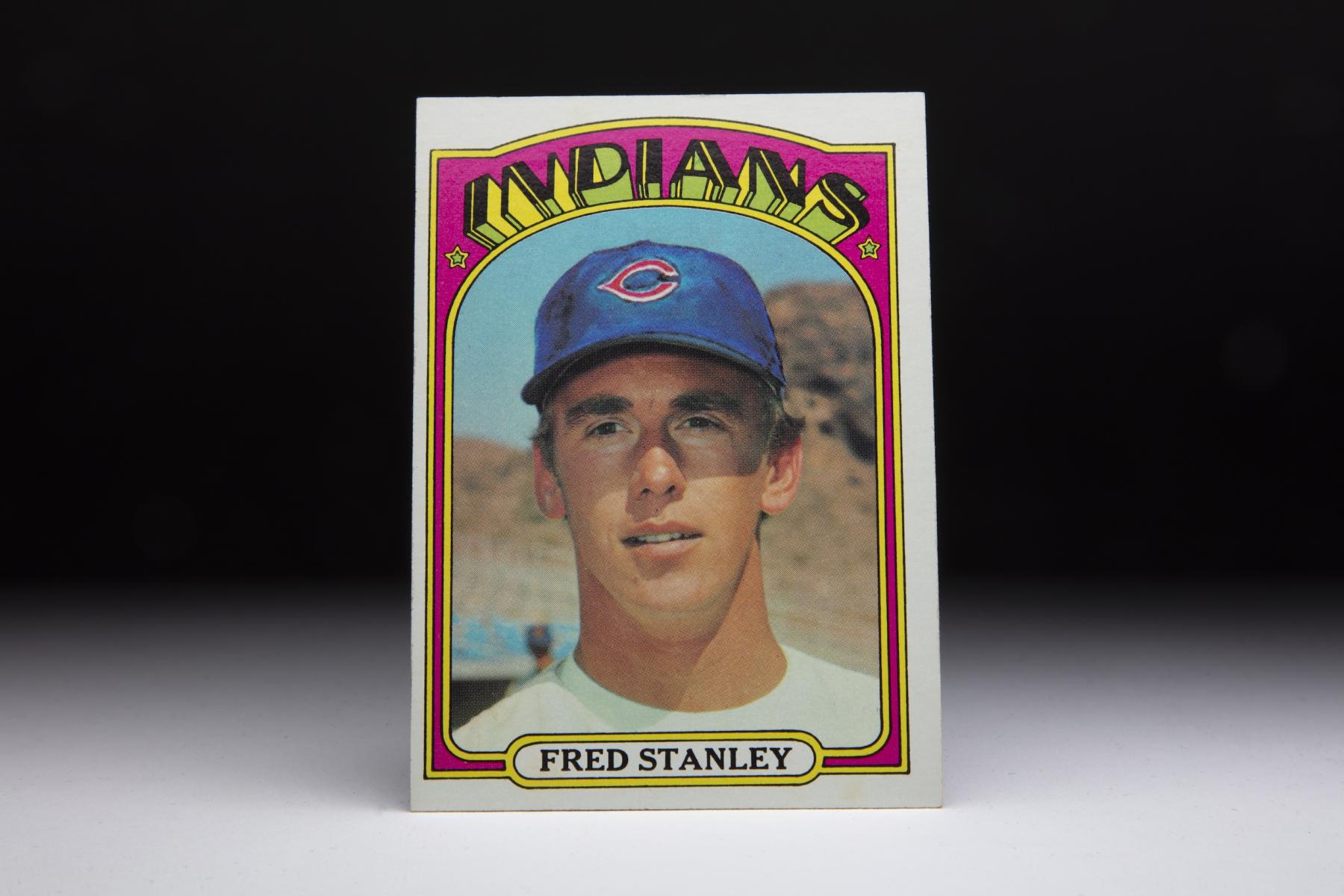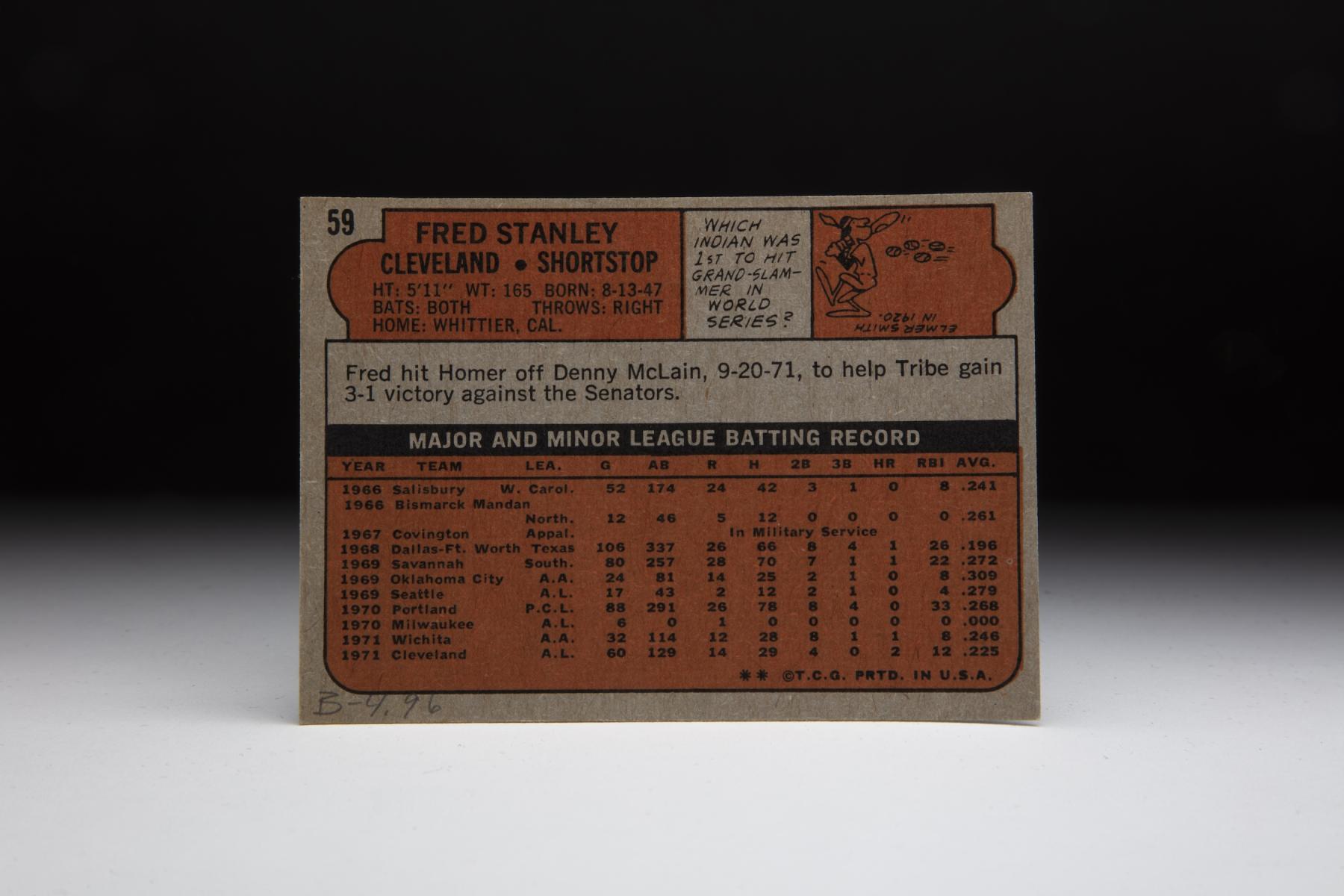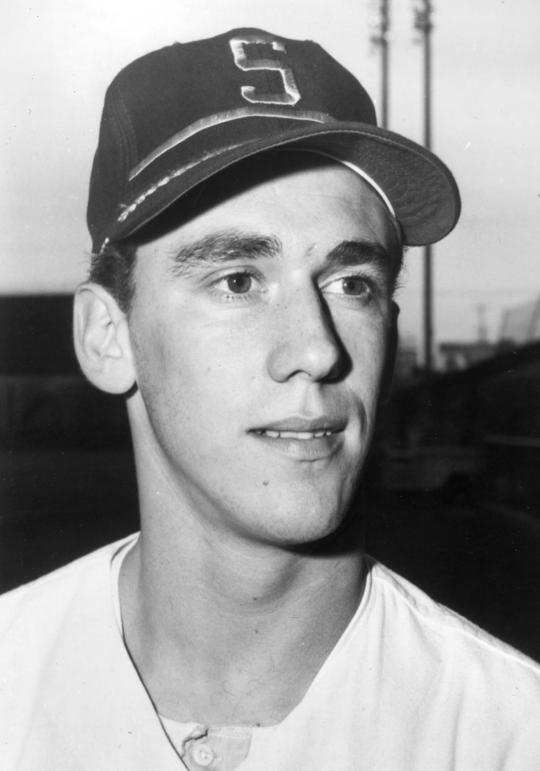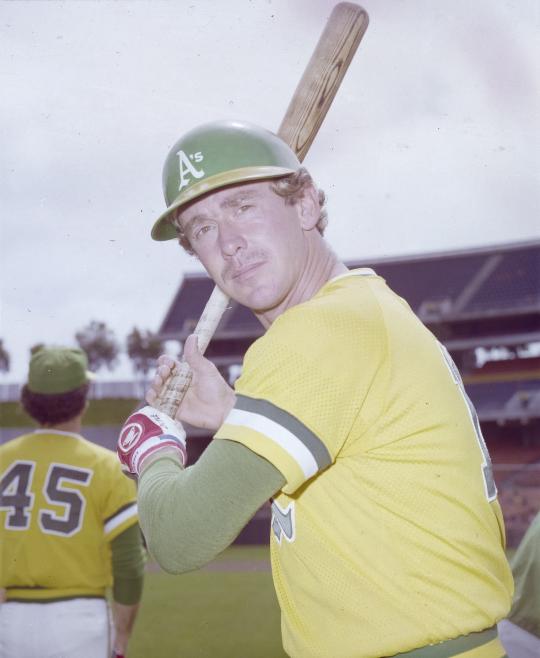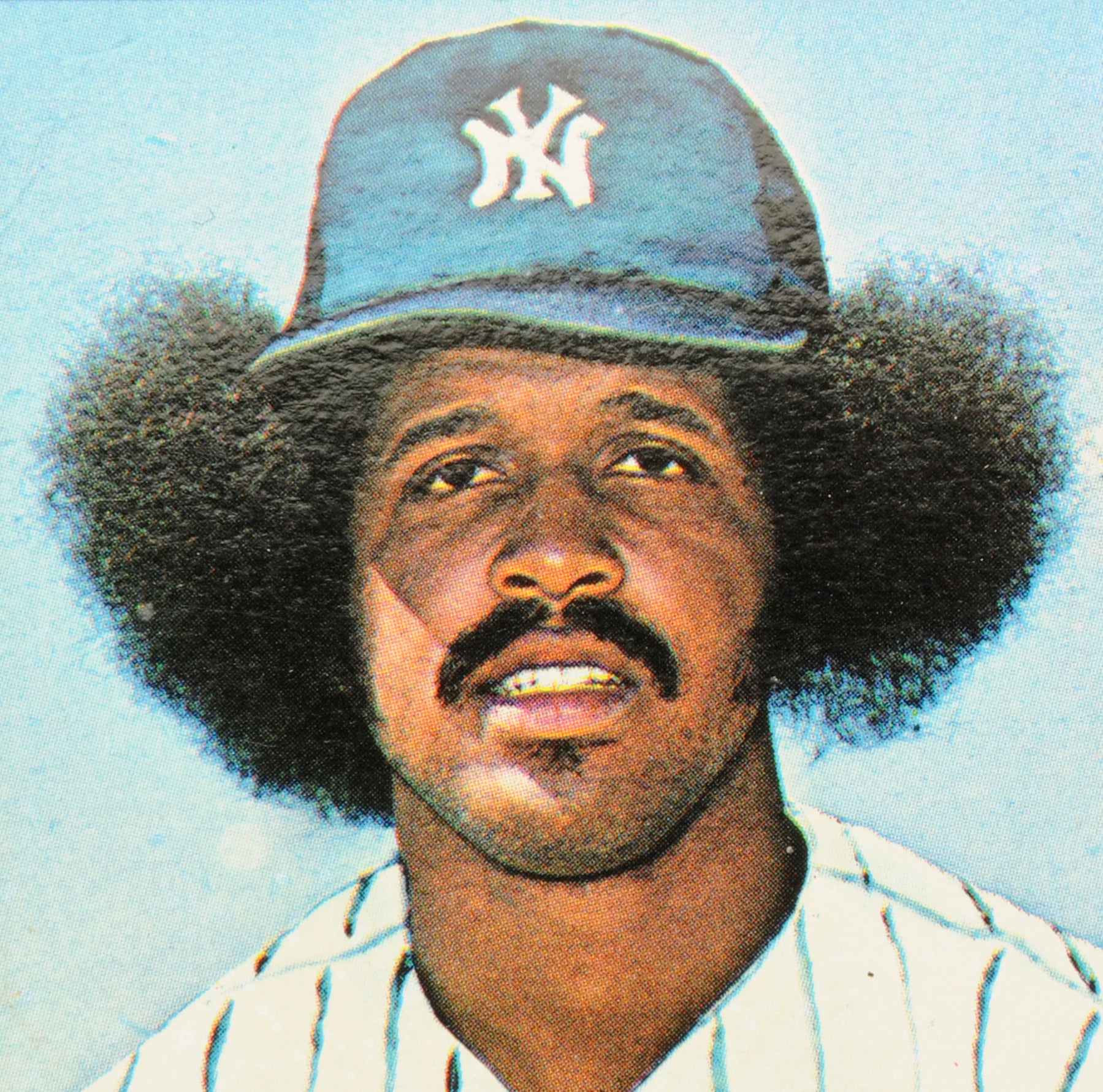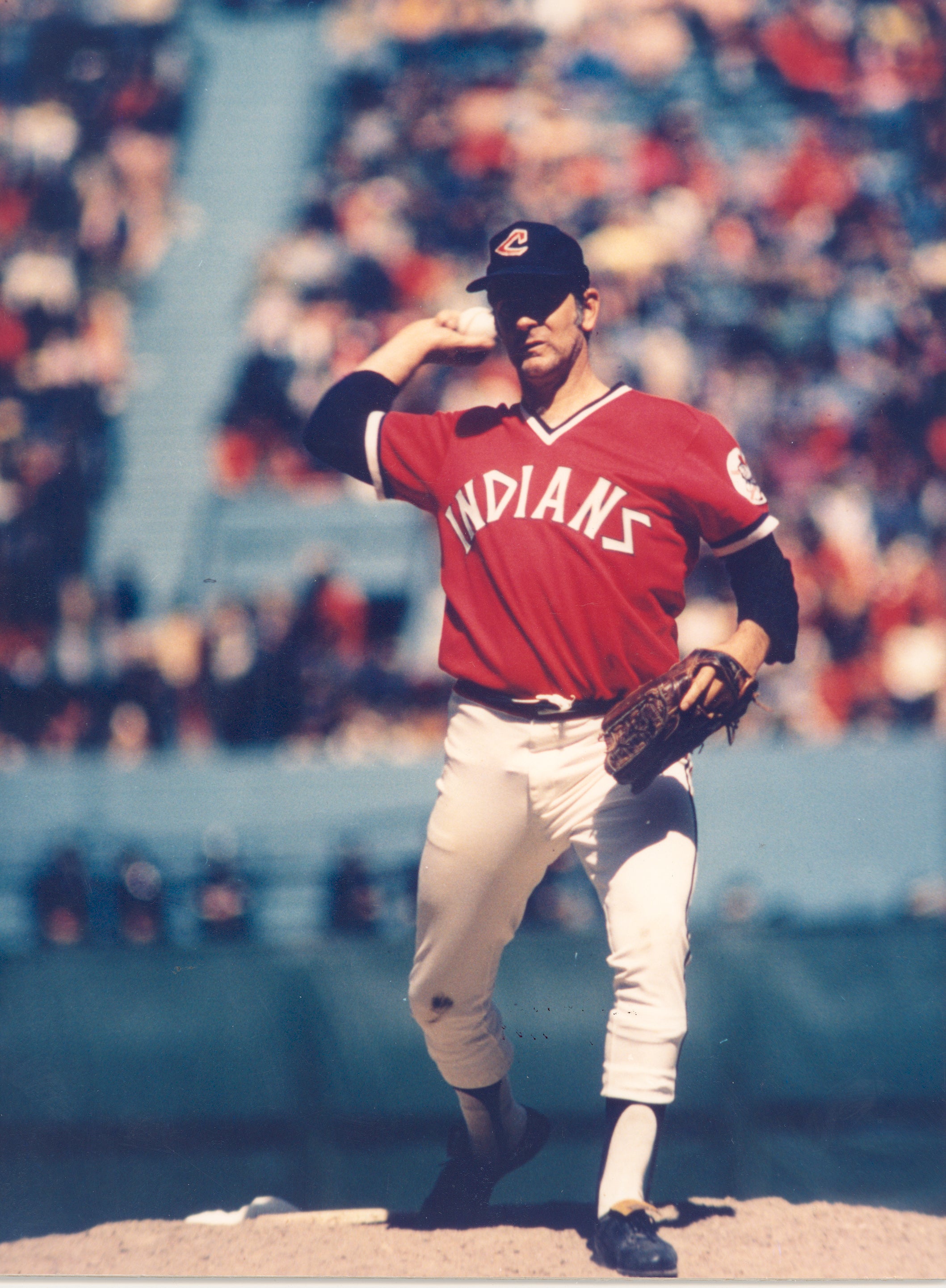#CardCorner: 1972 Topps Fred Stanley
Fred Stanley appeared in more than twice as many games in the big leagues as he had base hits and is the only non-pitcher in history with at least 800 games played and fewer than 60 extra base knocks.
And yet Stanley played in the majors for 14 seasons, won two World Series rings and became the last member of the Seattle Pilots to appear in an MLB game.
Overall, a pretty impressive career for the man called “Chicken”.
Born in Farnhamville, Iowa, on Aug. 13, 1947, Stanley moved with his family to the year-round sunshine of Whittier, Calif., when he was 10. But Stanley always claimed the northwest Iowa hamlet as his hometown.
“You never saw him without a glove and a ball,” Little League teammate Mike Johnson told the Des Moines Register in 1976. “I knew when he left he would be a pro – that’s all he ever wanted.”
Stanley’s father, Blair, was a pitcher for the Farnhamville town baseball team in the 1950s and stoked his son’s interest in the sport. In 1954, Blair Stanley hand painted a sign for Fred to hold at a community picnic that read: “I’m going to be a big leaguer – with the Yankees.”
Blair Stanley was the manager of a grain elevator in Farnhamville but moved his family to Southern California when 3-M promoted him to a position managing overseas shipping operations. Fred starred for youth teams in Whittier – and started at quarterback for three seasons at Whittier High School, drawing interest from several colleges – before being selected by the Astros in the eighth round of the 1966 MLB Draft after finishing high school.
“There was no future for me in football,” Stanley told the Wichita Eagle in 1971. “I weighed 170 pounds.”
Stanley appeared in 64 games for two Class A teams in 1966, hitting .246 with a .371 on-base percentage. He missed virtually the entire 1967 campaign while serving in the military, returning that fall to play in the Florida Instructional League.
In 1968, Stanley spent the season with Dallas/Fort Worth of the Double-A Texas League, hitting .196 in 106 games – most of which came at shortstop. He began the 1969 season back in Double-A with Savannah before being promoted to Triple-A Oklahoma City. Then on Sept. 8, the Seattle Pilots – finishing up their first and only season in the American League – purchased Stanley’s contract from the Astros.
Three days later, Stanley made his big league debut as a pinch-runner in Seattle’s 6-3 loss to Oakland. He appeared in 17 games as the season wound down, hitting .279 while totaling three extra base hits – what would become more than five percent of his career total.
When the Pilots moved to Milwaukee to begin the 1970 season, Stanley found himself with Triple-A Portland and hit .268 in 88 games for the Beavers before appearing in six games for the Brewers in September – five of which came as a pinch-runner.
On March 26, 1971, the Brewers sold Stanley’s contract to Cleveland as part of a series of deals. Stanley reported to Triple-A Wichita, where he impressed observers with his sure hands and quick feet. With the Indians getting virtually no offensive production at shortstop, Cleveland brought Stanley to the big leagues on May 20. He saw sporadic playing time over the next three months before taking hold of the starting shortstop position in mid-August and holding it through the end of the regular season, finishing the year with a .225 batting average and .361 on-base percentage (on the strength of 27 walks) over 60 games.
Following the season, Cleveland acquired shortstop Frank Duffy along with Gaylord Perry from the Giants in exchange for Sam McDowell, setting up a three-way battle among Stanley, Duffy and Jack Heidemann for the starting job.
“There’s not much difference between the three of us,” Stanley told Mansfield (Ohio) News-Journal in Spring Training. “As for me, all I need is an opportunity. There could be a trade. If that happens, then Duffy is in the driver’s seat because the Indians got him in a trade.”
Stanley proved to be correct when – after appearing in just six games – he was dealt to San Diego on June 11 in exchange for pitcher Mike Kilkenny. He spent the rest of the season with the Padres in a utility role, hitting a combined .196 in 45 contests.
Then on Oct. 24, 1972, Stanley’s career trajectory changed when the Yankees acquired him in exchange for a minor leaguer. He would spend much of 1973 with Triple-A Syracuse before being recalled mid-August – and when starter Gene Michael went down with a shoulder injury, Yankees manager Ralph Houk installed Stanley as his starting shortstop. Stanley would hit .212 over 26 games.
“The ball was hit to (Stanley’s right),” Martin told the Associated Press after Game 2, “and he tried to get rid of it quickly.”
The Reds swept the series in four games, prompting Yankees owner George Steinbrenner to spend lavishly in free agency that winter to build what he hoped would be a dynasty. As part of that improvement project, the Yankees swung a trade two days before the 1977 season opener, acquiring shortstop Bucky Dent from the White Sox in exchange for Oscar Gamble, LaMarr Hoyt and $200,000. Steinbrenner had been opening trying to acquire Dent for virtually the entire offseason.
The deal became official right after Dent agreed to a new three-year deal with the Yankees.
“I hate to see Chicken moved out of shortstop,” Martin told Newsday after the trade, referring to Stanley by his now-familiar nickname. “I’m in Chicken’s corner. I made him my shortstop; he did a hell of a job for me.”
Nicknamed for skinny legs and the way he flapped his arms when he ran, Stanley saw his playing time radically decrease in 1977 but still found his way into 48 games as a utility infielder. On St. Patrick’s Day, he agreed to a new three-year contract.
A calming influence in an increasingly tense Yankees clubhouse, Stanley hit .261 as New York captured its second straight AL East title.
Stanley got into two games in the ALCS and one more in the World Series – each as a defensive replacement – without coming to the plate as the Yankees won their first title since 1962.
It was Doyle, however, who became the hero in Games 5 and 6 by going a combined 6-for-9 with four runs scored and two RBI. Dent, meanwhile, was named the World Series Most Valuable Player after hitting .417 with seven RBI in New York’s six-game victory.
Stanley did not appear in Game 5 or Game 6 but once again took home a winner’s World Series share.
“I’m happy with the Yankees but I would like to play more,” Stanley told the Des Moines Register in the spring of 1979. “The World Series bonus checks are nice but I think if I was playing for some team everyday I would be making more money.
“It was an adjustment for me to learn to sit on the bench. (But) we just have too much talent.”
Stanley reprised his role as a utility player in 1979, hitting .236 in 57 games while reaching the two-home run mark for the first time since 1971. New York would not reach the postseason, but in September, Stanley and the Yankees agree to a new three-year, $385,000 contract that would carry him through the 1982 season.
In 1980, the Yankees again won the AL East, with Stanley hitting .209 in 49 games as he battled left knee and left hamstring injuries. He did not appear in the ALCS vs. the Royals as Kansas City swept New York in three games.
On Oct. 24, the Yankees designated Stanley for assignment even though he still had two years remaining on his guaranteed contract.
“He’s been a valuable spot player, but when he plays for any length of time, he comes up battered,” Yankees general manager Gene Michael told The Record.
For Stanley, who was the longest tenured Yankees player at the time of his release, the move was a shock to the system.
“I never thought I’d be leaving, especially under these conditions,” Stanley told The Record. “I thought I’d play two more years then have to make a decision about my career.”
“Hopefully, we’ll begin providing the big league club with position players like we’ve done with pitching,” Stanley told the AP after taking his new job. “How long that could take, I don’t know. It could take one year, it could take two years.”
Stanley wasted no time as the Giants took Buster Posey in the first round of the 2008 MLB Draft and quickly added future key players like Brandon Belt, Brandon Crawford and Joe Panik. He remained the team’s farm director through the 2013 season.
In 14 big league seasons, Stanley hit .216 as the quintessential good-field, no-hit shortstop. But his attention to the smallest details of the game kept him in the big leagues and set the stage for a post-playing career where he would add three more World Series rings to the two he won with the Yankees.
It was a philosophy that never failed Fred Stanley even when times got tough.
“It was a little hard for me to understand that,” Stanley told Newsday after the Yankees actively sought to replace him following the 1976 season where he helped New York win the AL pennant. “I led the club in sacrifices and squeezes; I had a good on-base percentage. I moved runners. I took pitches so Willie Randolph could steal. And if a team leads the league in pitching like we did, you’ve got to have some guys who are not letting the ball go through.”
Craig Muder is the director of communications for the National Baseball Hall of Fame and Museum

